-
 bitcoin
bitcoin $111743.690167 USD
0.54% -
 ethereum
ethereum $3950.699791 USD
0.55% -
 tether
tether $1.000164 USD
-0.01% -
 xrp
xrp $2.611685 USD
2.58% -
 bnb
bnb $1122.616845 USD
1.30% -
 solana
solana $193.462394 USD
-0.26% -
 usd-coin
usd-coin $0.999872 USD
-0.03% -
 dogecoin
dogecoin $0.196092 USD
-1.61% -
 tron
tron $0.296693 USD
-0.41% -
 cardano
cardano $0.652995 USD
-0.60% -
 hyperliquid
hyperliquid $44.316120 USD
12.98% -
 chainlink
chainlink $17.906269 USD
0.05% -
 ethena-usde
ethena-usde $0.999193 USD
-0.02% -
 stellar
stellar $0.326600 USD
1.70% -
 bitcoin-cash
bitcoin-cash $513.235984 USD
1.57%
What is the difference between Ripple and XRP?
Ripple is a company providing financial tech solutions, while XRP is its independent digital asset used for fast, low-cost global transactions. (154 characters)
Oct 26, 2025 at 09:19 am
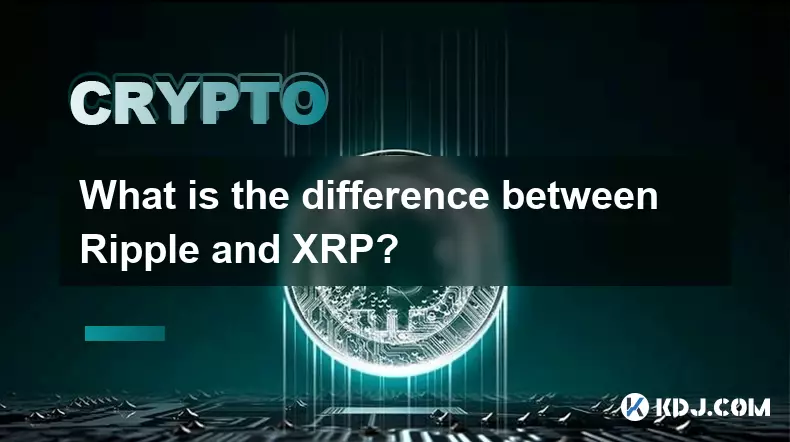
Difference Between Ripple and XRP
1. Ripple refers to a technology company that develops solutions for global financial transactions, particularly targeting banks and payment providers. It created a payment protocol known as the RippleNet, which enables fast and low-cost international money transfers.
- XRP is the native digital asset of the XRP Ledger, an open-source blockchain network. While closely associated with Ripple, XRP functions independently as a cryptocurrency designed to serve as a bridge currency for transferring value across different fiat currencies.
- Ripple the company holds a significant portion of the total XRP supply but does not control the entire network. The XRP Ledger operates through a decentralized network of validators, many of which are independent institutions and community-run nodes.
- One major distinction lies in ownership and governance. Ripple Labs developed the initial framework of the XRP Ledger but transitioned control to a more distributed model over time. In contrast, XRP as a token has no central issuer once deployed on the ledger.
- Legal scrutiny has often centered on whether XRP qualifies as a security. U.S. regulators, notably the SEC, have argued that Ripple’s sale of XRP constituted unregistered securities offerings, while Ripple contends that XRP is a commodity-like asset similar to Bitcoin or Ethereum.
Role of Ripple in Financial Infrastructure
1. Ripple provides enterprise software solutions such as RippleNet, which connects banks, remittance companies, and payment providers to facilitate real-time cross-border payments.
- Its products, including xCurrent, xRapid (now rebranded as On-Demand Liquidity), and xVia, aim to eliminate pre-funded nostro accounts by using XRP as a liquidity tool.
- Financial institutions use Ripple's infrastructure to reduce settlement times from days to seconds, significantly lowering operational costs and counterparty risk.
- Ripple partners with institutions like Santander, MoneyGram, and SBI Remit, integrating its technology into existing financial workflows without requiring full blockchain adoption.
- Despite regulatory challenges, Ripple continues expanding its network in regions like Asia, the Middle East, and Africa, where traditional banking inefficiencies create strong demand for faster alternatives.
Technical Aspects of XRP and the Ledger
1. The XRP Ledger achieves consensus through the Ripple Protocol Consensus Algorithm (RPCA), which differs from proof-of-work or proof-of-stake mechanisms used by other blockchains.
- Transactions on the XRP Ledger settle in 3–5 seconds with minimal fees, making it highly efficient for high-frequency operations.
- The total supply of XRP is capped at 100 billion tokens, all of which were created at genesis. No new XRP can be mined or minted.
- A portion of XRP is held in escrow by Ripple, released monthly to ensure predictable market circulation and prevent sudden inflationary pressure.
- Smart contract functionality on the XRP Ledger remains limited compared to platforms like Ethereum, though recent upgrades have introduced hooks and enhanced capabilities for decentralized applications.
Market Perception and Regulatory Challenges
1. Market sentiment around XRP has been heavily influenced by the ongoing litigation between Ripple and the U.S. Securities and Exchange Commission.
- In December 2020, the SEC filed a lawsuit alleging that Ripple conducted an unregistered $1.3 billion securities offering through XRP sales.
- A partial victory for Ripple occurred when a U.S. judge ruled that XRP is not inherently a security when sold to retail investors on exchanges, though institutional sales may still fall under securities law.
- This legal distinction has led major exchanges like Coinbase and Kraken to relist XRP, restoring trading access for U.S. customers after temporary suspensions.
- Institutional confidence in XRP has gradually improved following favorable court rulings, though uncertainty persists regarding future enforcement actions or appeals.
Frequently Asked Questions
Q: Can XRP be mined like Bitcoin?No, XRP cannot be mined. All 100 billion XRP tokens were created at the inception of the network. New tokens cannot be generated, distinguishing it from cryptocurrencies that rely on mining or staking for issuance.
Q: Who controls the XRP Ledger?
The XRP Ledger is maintained by a decentralized network of validators. While Ripple supports several validator nodes, the overall consensus depends on a diverse set of participants, including universities, financial institutions, and independent operators.
Q: Is XRP used only by Ripple’s clients?
No, XRP is publicly available and can be used by anyone. While Ripple promotes its use in cross-border payments, third-party developers, traders, and institutions utilize XRP for various purposes, including speculation, arbitrage, and liquidity management.
Q: How does On-Demand Liquidity work with XRP?
On-Demand Liquidity uses XRP as an intermediary asset to facilitate instant cross-currency settlements. Instead of maintaining balances in multiple foreign currencies, institutions convert funds to XRP and then into the target currency, reducing capital requirements and improving efficiency.
Disclaimer:info@kdj.com
The information provided is not trading advice. kdj.com does not assume any responsibility for any investments made based on the information provided in this article. Cryptocurrencies are highly volatile and it is highly recommended that you invest with caution after thorough research!
If you believe that the content used on this website infringes your copyright, please contact us immediately (info@kdj.com) and we will delete it promptly.
- Essex Post Office, 5p Coins, and King Charles: A Royal Mint Revelation!
- 2025-10-23 10:30:16
- Waymo's Newark Airport AV Tests: Alphabet's AI Gamble Pays Off?
- 2025-10-23 10:30:16
- King Charles 5p Coins: A Royal Flush in Your Pocket?
- 2025-10-23 10:35:18
- Solana, Crypto Advisory, and Forward Industries: A New York Minute on the Future of Finance
- 2025-10-23 08:51:22
- MAGACOIN: Ethereum Whales Dive into the Hottest Presale of 2025
- 2025-10-23 08:51:22
- Kadena's End of the Road? KDA Token Plummets Amid Project Abandonment
- 2025-10-23 08:55:34
Related knowledge
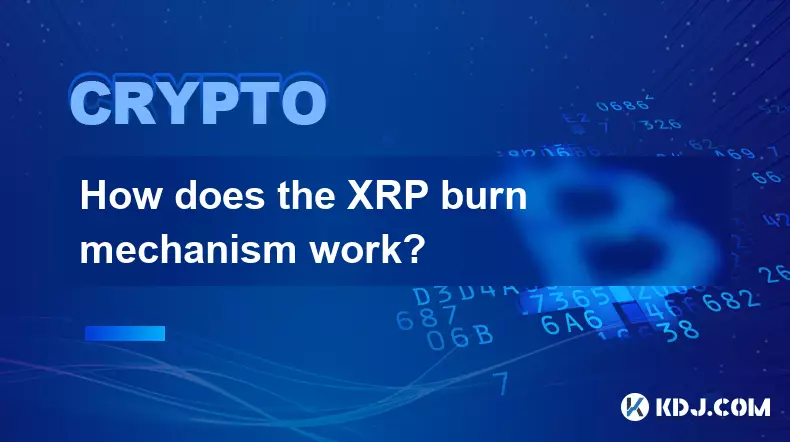
How does the XRP burn mechanism work?
Oct 25,2025 at 09:23am
The XRP Burn Mechanism: Understanding the BasicsThe XRP burn mechanism is an integral part of the Ripple network’s design, ensuring long-term stabilit...
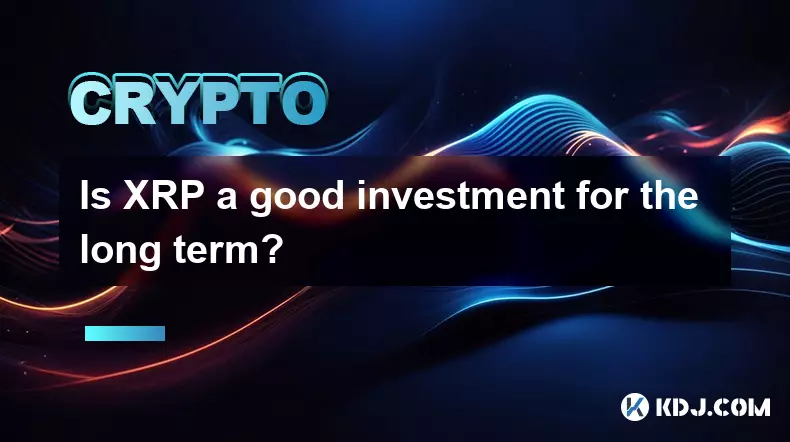
Is XRP a good investment for the long term?
Oct 25,2025 at 09:00pm
Understanding XRP’s Role in the Cryptocurrency Ecosystem1. XRP operates as a digital asset designed for fast and low-cost international money transfer...

What is the difference between Ripple and XRP?
Oct 26,2025 at 09:19am
Difference Between Ripple and XRP1. Ripple refers to a technology company that develops solutions for global financial transactions, particularly targ...

How to do your own research (DYOR) on a crypto project?
Oct 23,2025 at 12:55pm
Understanding the Project’s Whitepaper and Vision1. Begin by accessing the project’s official whitepaper, typically available on its website. This doc...
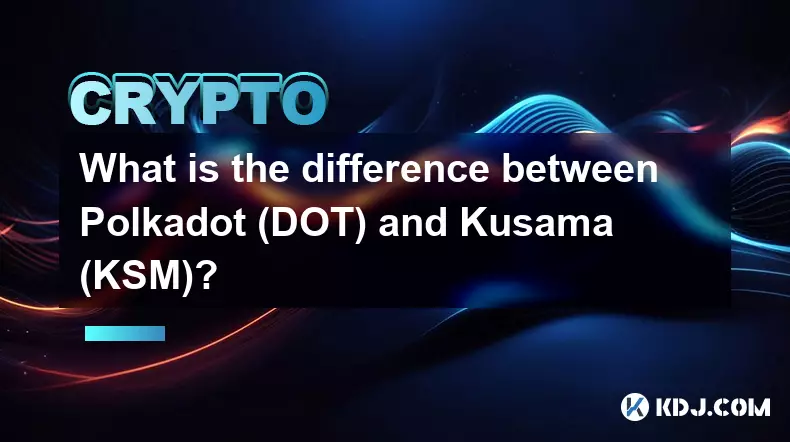
What is the difference between Polkadot (DOT) and Kusama (KSM)?
Oct 13,2025 at 01:54pm
Understanding the Core Functions of Polkadot and Kusama1. Polkadot operates as a multi-chain network designed to enable different blockchains to trans...
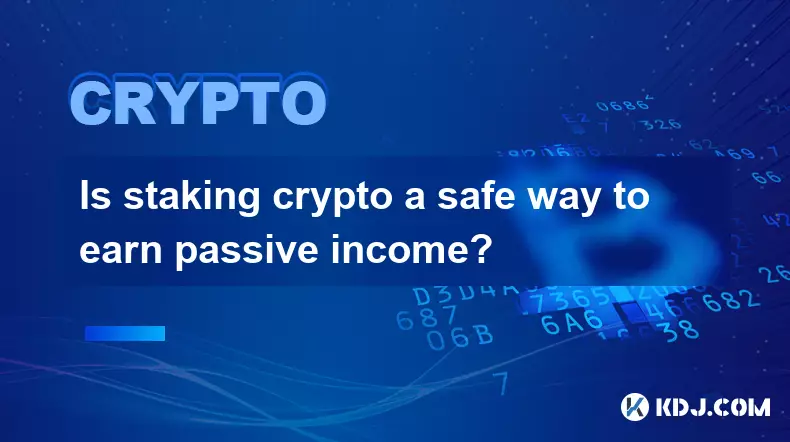
Is staking crypto a safe way to earn passive income?
Oct 11,2025 at 05:55am
Understanding the Mechanics of Crypto Staking1. Crypto staking involves locking up a certain amount of cryptocurrency in a wallet to support the opera...

How does the XRP burn mechanism work?
Oct 25,2025 at 09:23am
The XRP Burn Mechanism: Understanding the BasicsThe XRP burn mechanism is an integral part of the Ripple network’s design, ensuring long-term stabilit...

Is XRP a good investment for the long term?
Oct 25,2025 at 09:00pm
Understanding XRP’s Role in the Cryptocurrency Ecosystem1. XRP operates as a digital asset designed for fast and low-cost international money transfer...

What is the difference between Ripple and XRP?
Oct 26,2025 at 09:19am
Difference Between Ripple and XRP1. Ripple refers to a technology company that develops solutions for global financial transactions, particularly targ...

How to do your own research (DYOR) on a crypto project?
Oct 23,2025 at 12:55pm
Understanding the Project’s Whitepaper and Vision1. Begin by accessing the project’s official whitepaper, typically available on its website. This doc...

What is the difference between Polkadot (DOT) and Kusama (KSM)?
Oct 13,2025 at 01:54pm
Understanding the Core Functions of Polkadot and Kusama1. Polkadot operates as a multi-chain network designed to enable different blockchains to trans...

Is staking crypto a safe way to earn passive income?
Oct 11,2025 at 05:55am
Understanding the Mechanics of Crypto Staking1. Crypto staking involves locking up a certain amount of cryptocurrency in a wallet to support the opera...
See all articles










































































